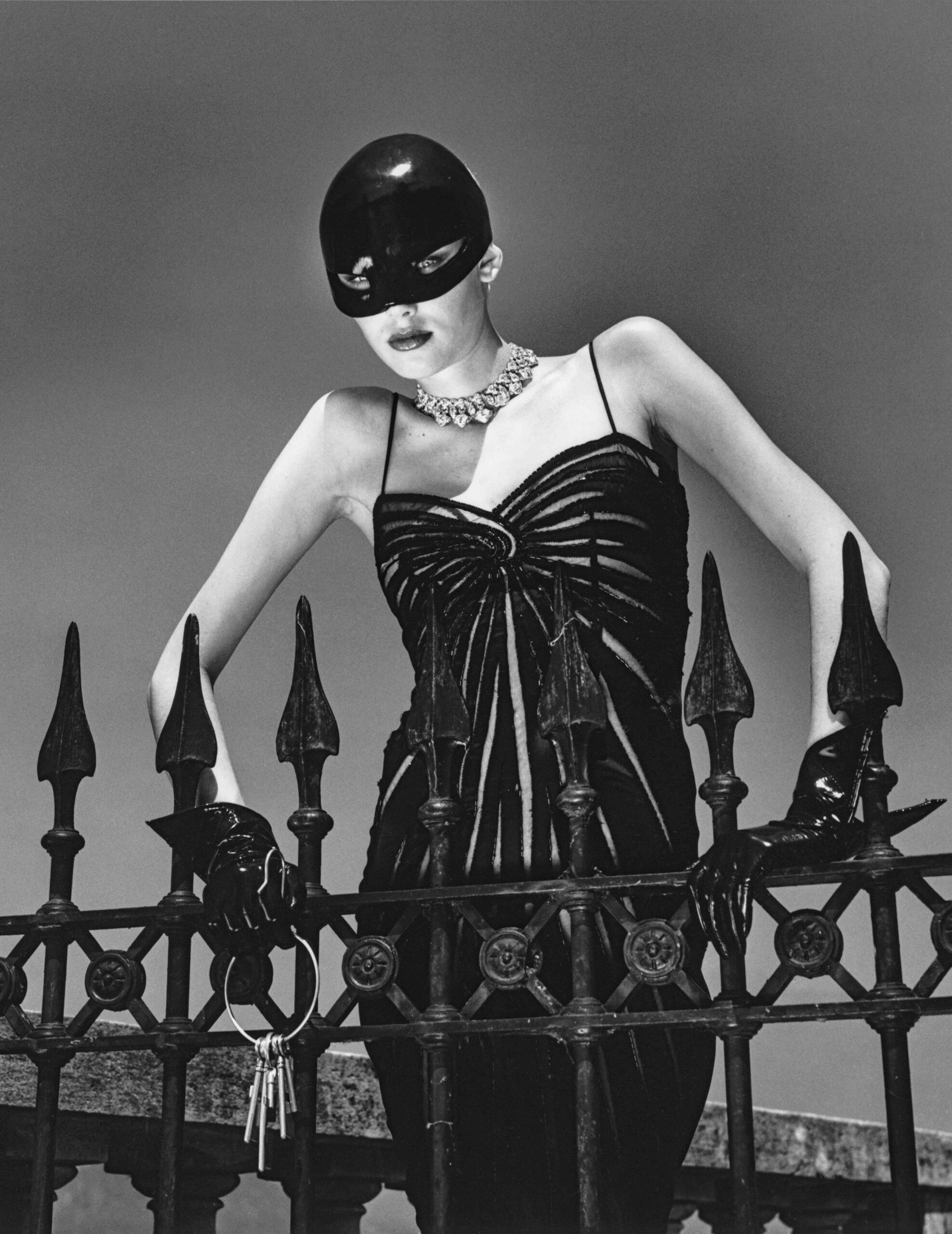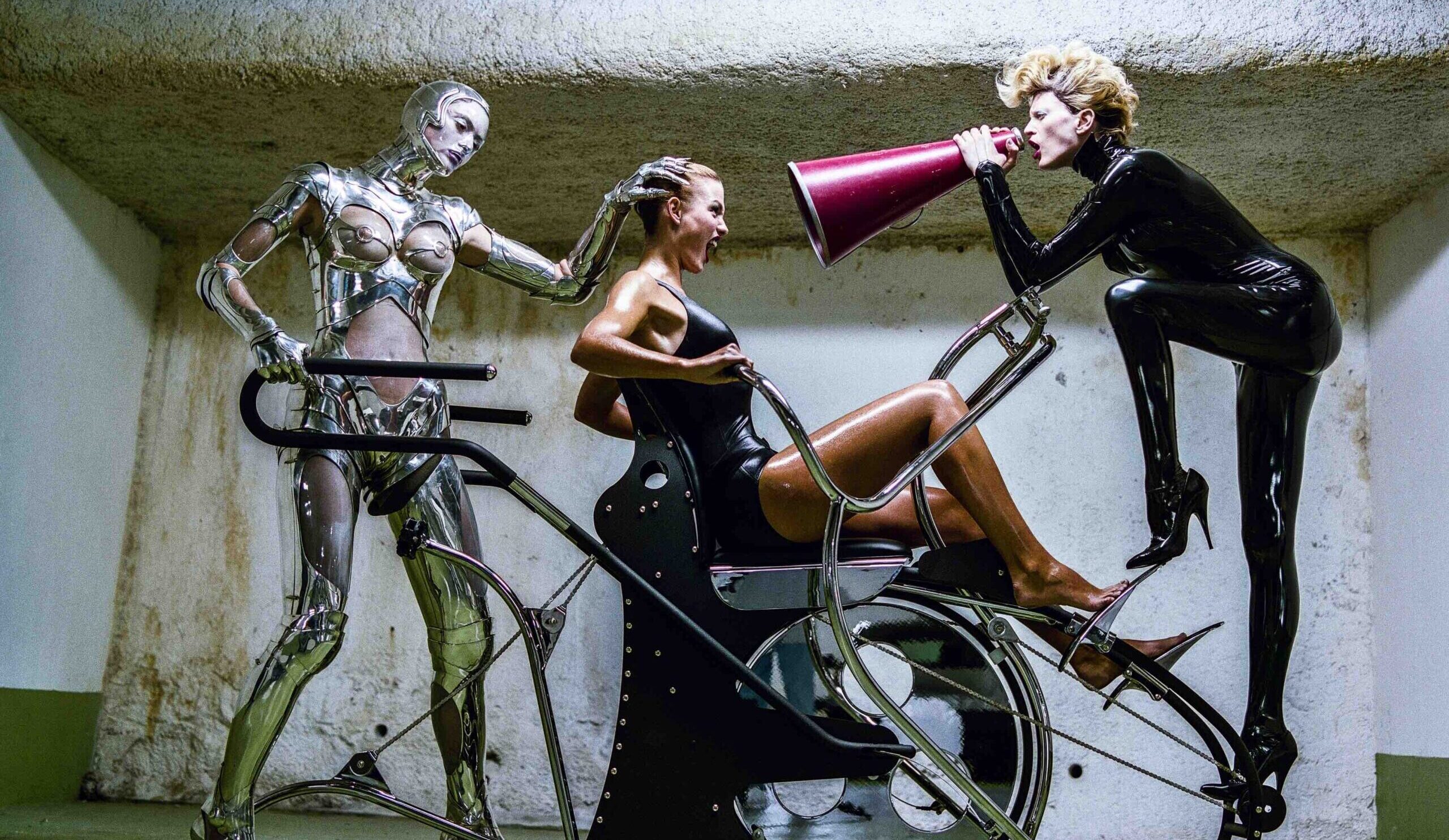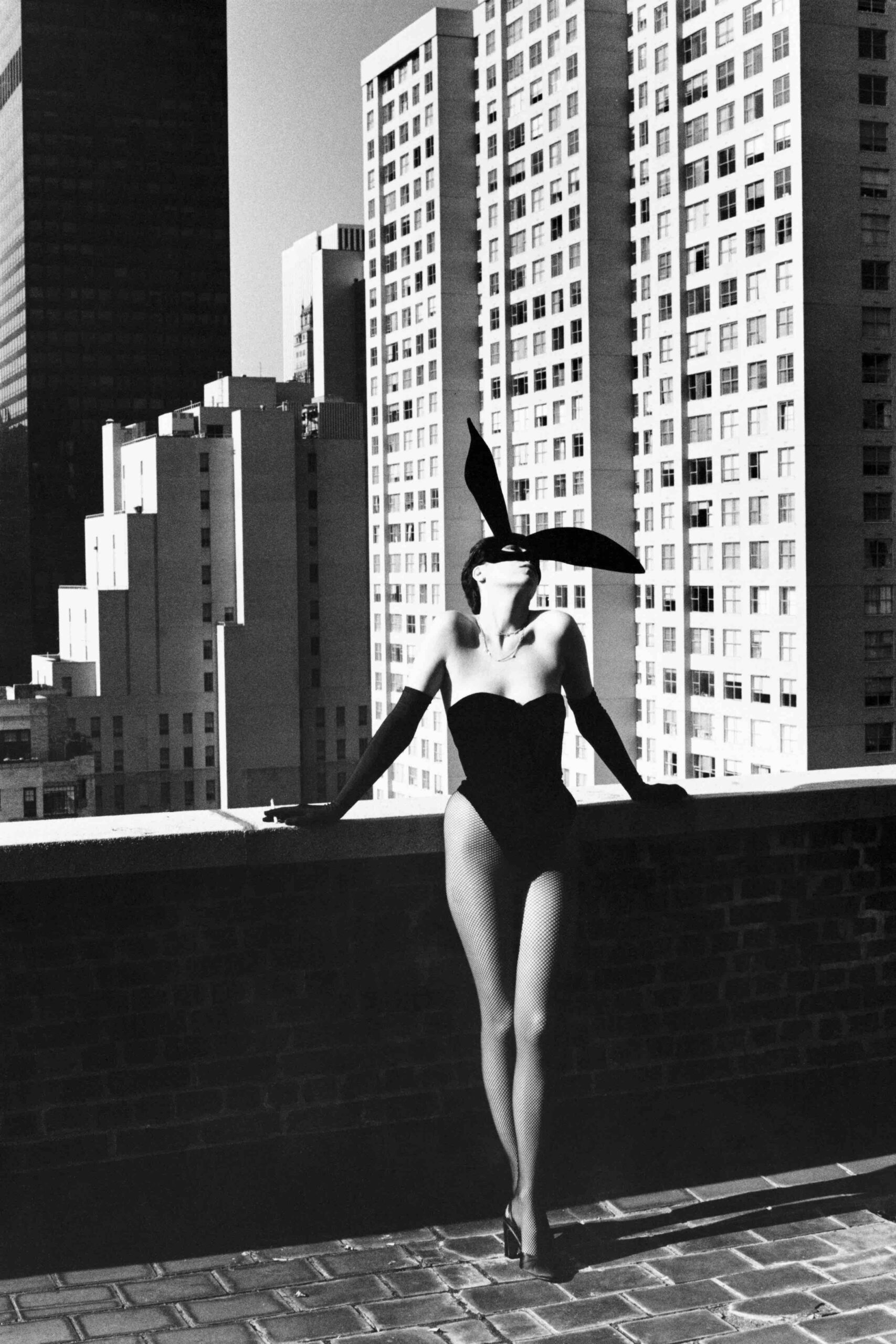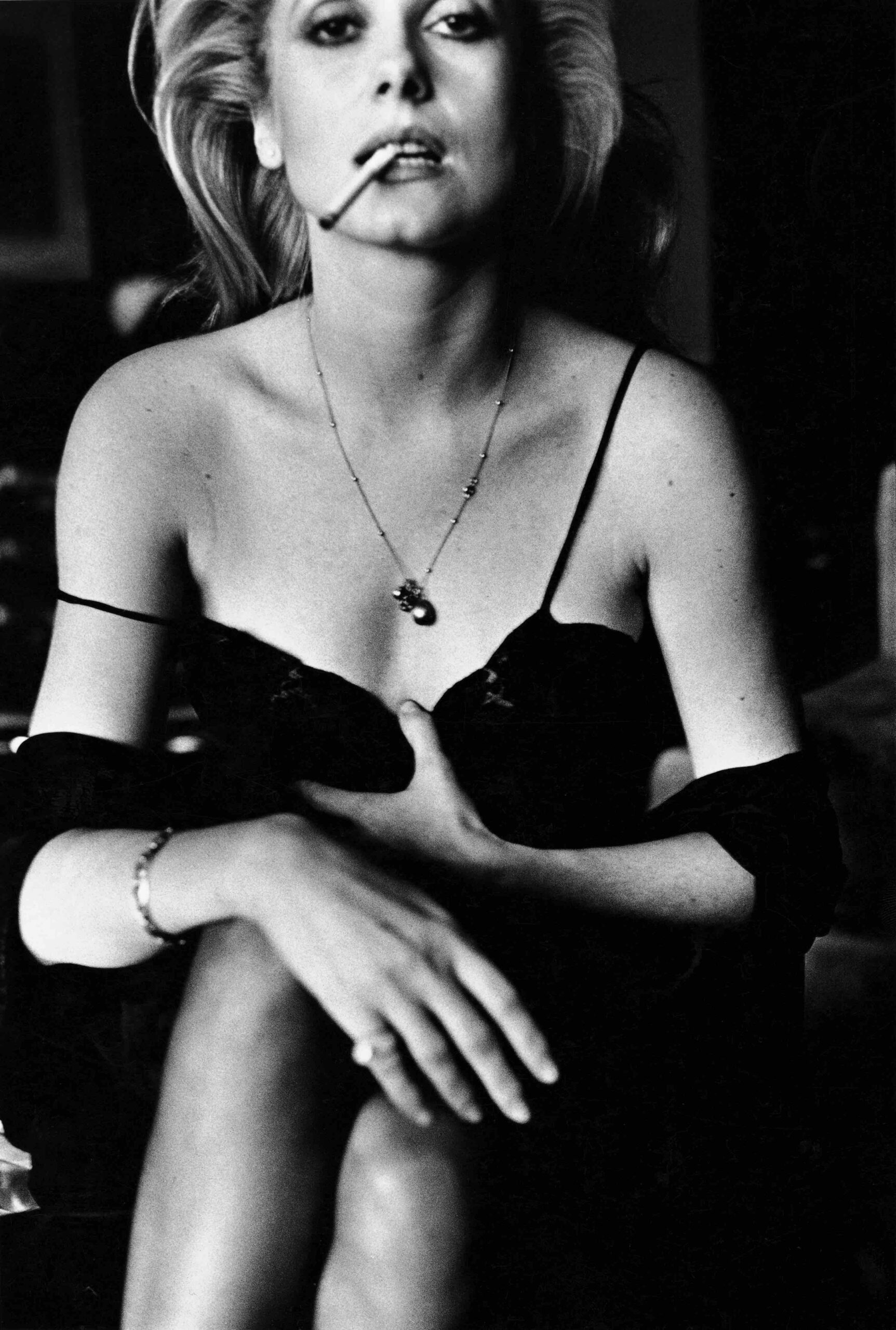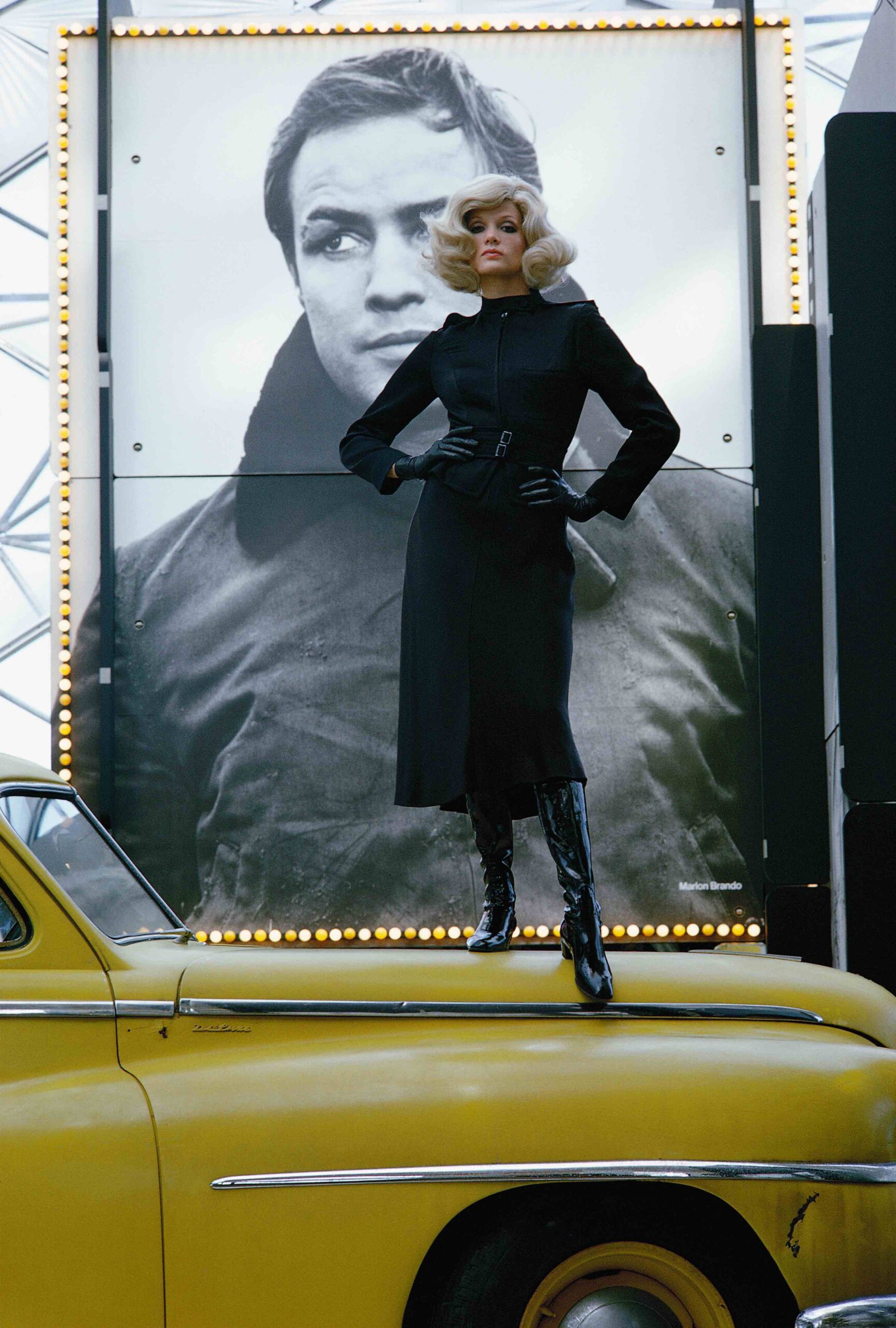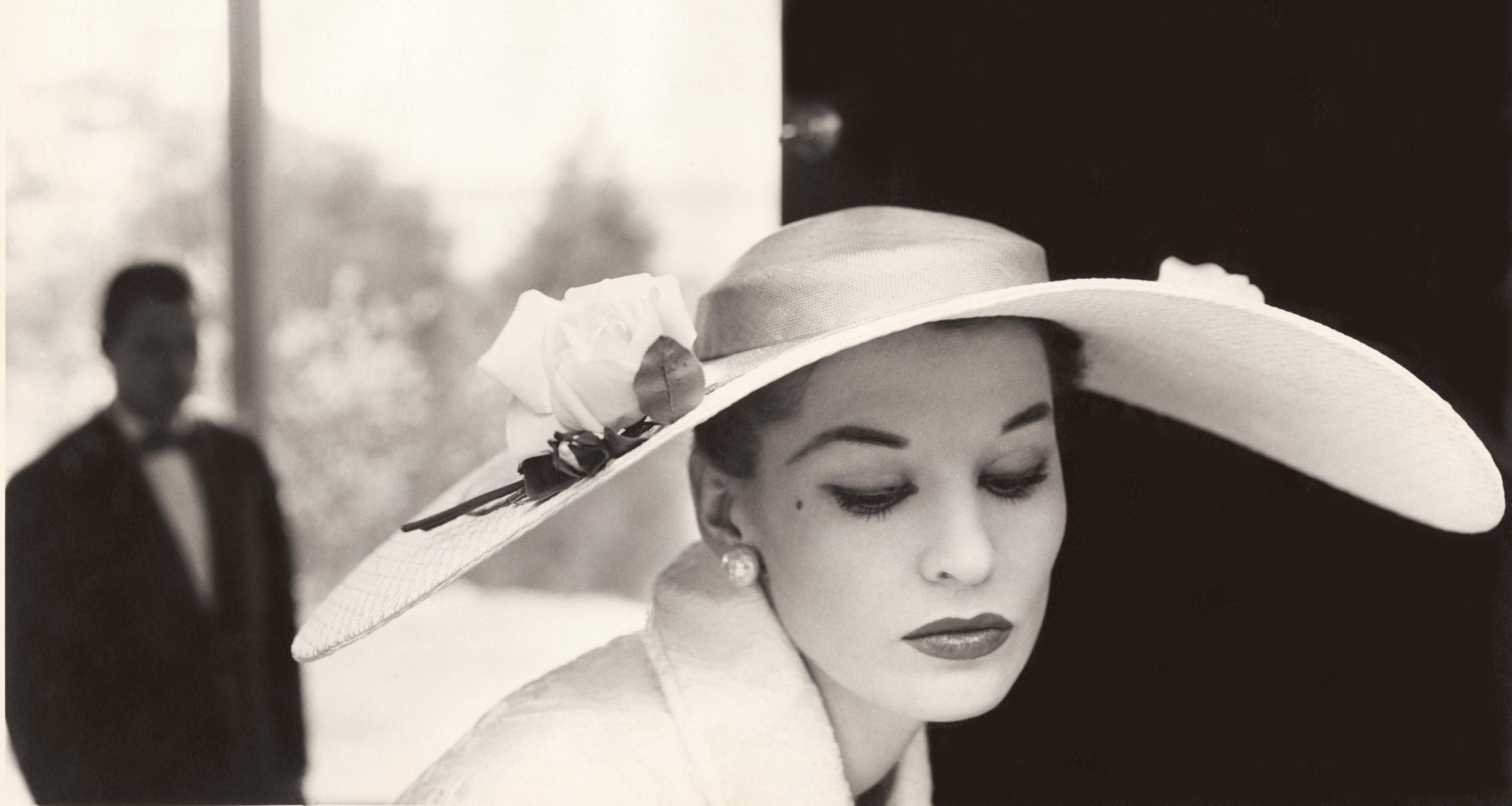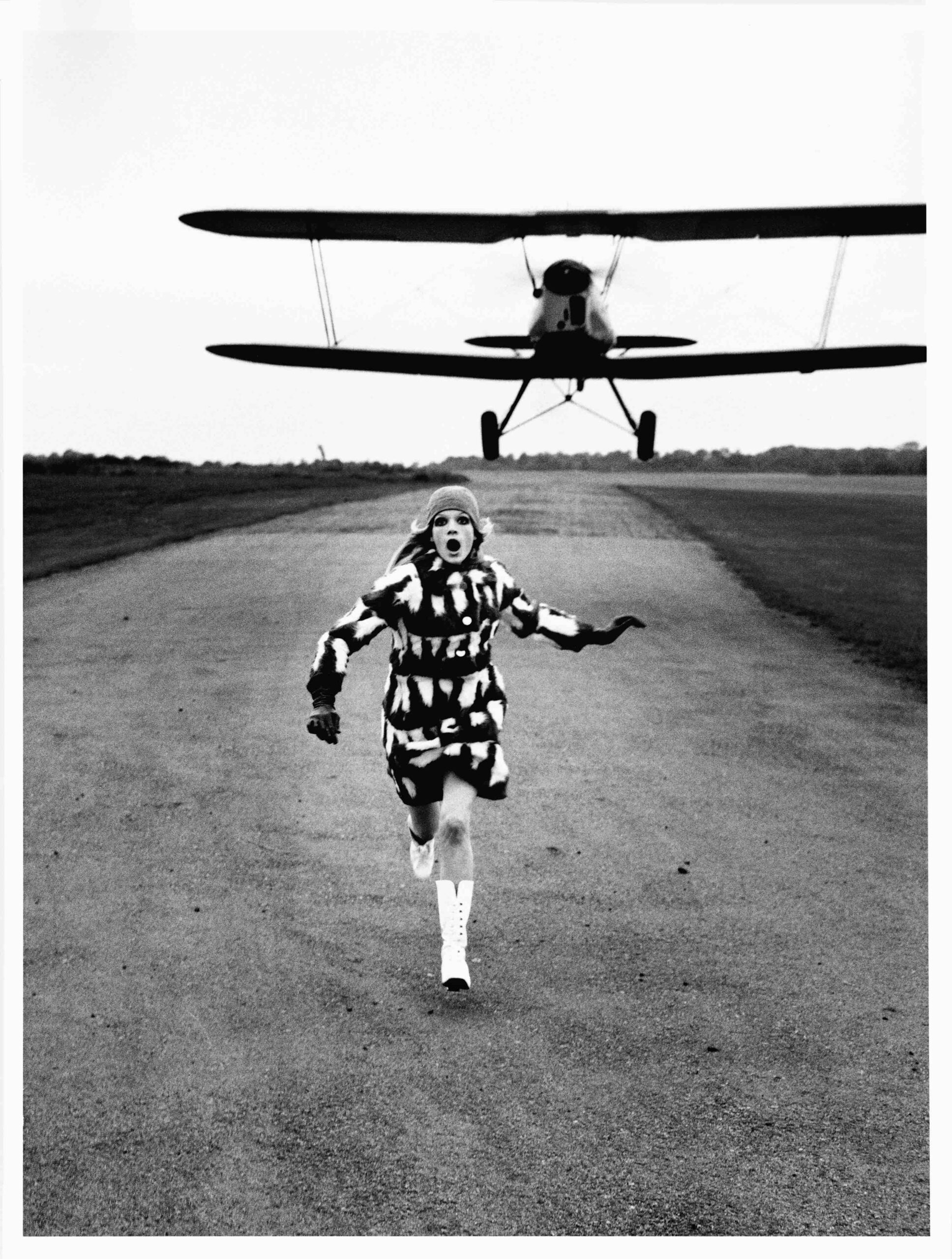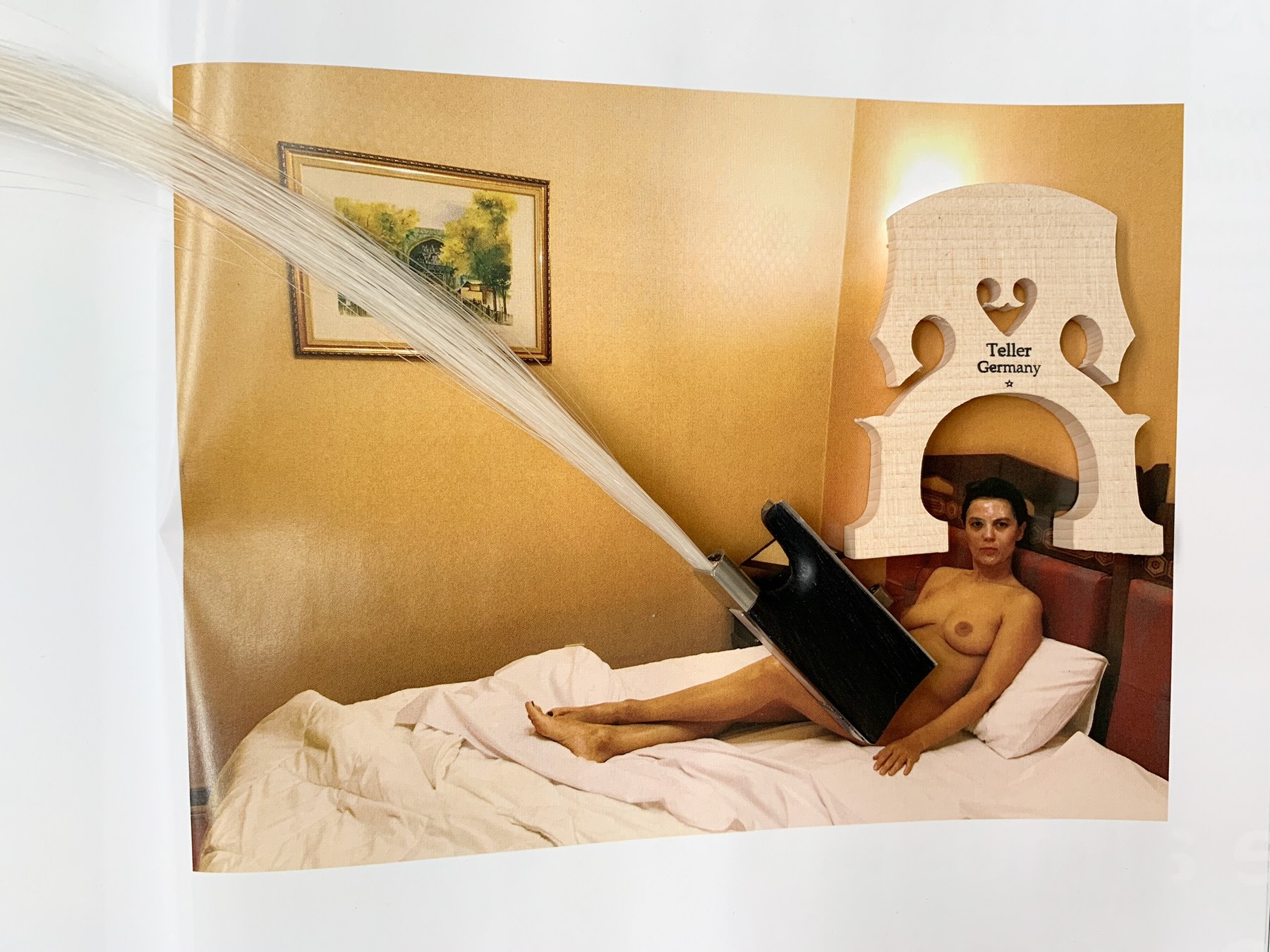Helmut Newton calls himself a revolutionary since he anticipated cultural and social trends that spread in the years that followed: his broad, rich and systematic vision contributed to define our visual culture as well through provocative and innovative shots that codified new languages and transformed the representation of fashion into true art. His inimitable and unrepeatable style, visible in each of his images, still shakes the fashion image today, creating new trends traceable in contemporary art. Palazzo Reale explores his persona and his character through a retrospective, Helmut Newton. Legacy, that investigates his iconic shots and multiple collaborations with subjects in fashion, film, and art related to him. The exhibition’s curator, Matthias Harder, describes him as difficult to frame as his work is so prestigious and emblematic that any analysis remains a superficial response, never managing to reach the full depth of his projects: he was not merely a provocateur, as his nickname “the King of Kink” suggests, or merely the master of the female nude, but his figure is discussed touching on a much broader context as he was able to reinvent the total language of photography, daring something no one had done before in the commercial photography.

“One must always live up to one’s bad reputation.”
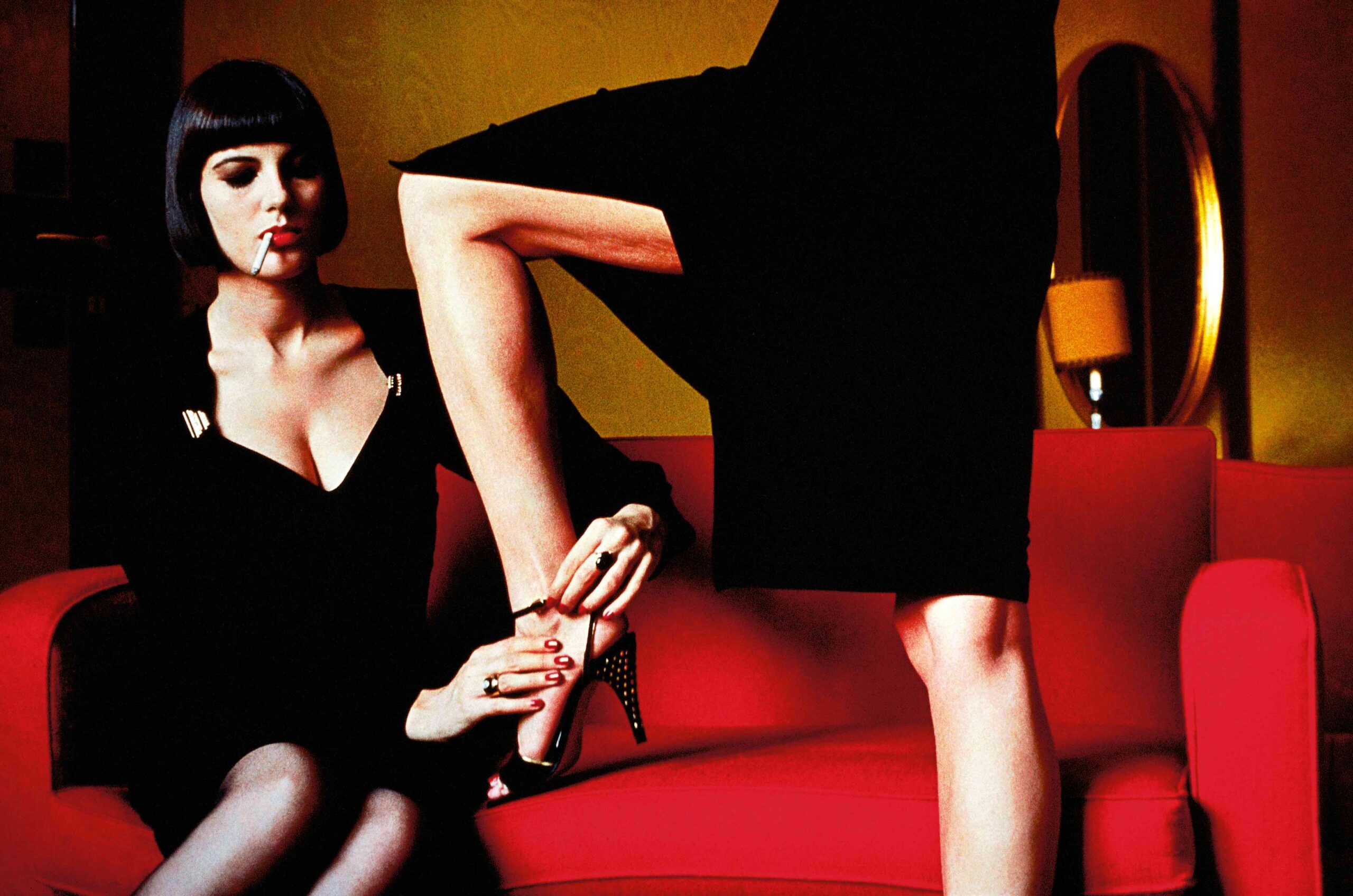
Born in Berlin in 1920 to an upper middle-class Jewish family, he left Germany at a very early age while still a young apprentice in fashion photography. The decisive turning point in his life was felt when he moved to Paris, where he began his collaborations with leading fashion magazines, including Vogue and Harper’s Bazaar. It was in the Ville Lumière of the 1960s that he developed his dynamic and innovative style and vision: the series of photographs he took for Courrèges published in Queen magazine were revolutionary and, showing the fashion of the time, explored society by referring to issues such as demonstrations in European metropolises and the radicalization of young bourgeoisie. Rue Aubriot is another shot that has entered the history of photography: taken in the Parisian alleys of the Marais district, it takes its name from the street where Newton’s apartment was located, which at the same time was also the place of prostitutes looking for clients. The image is ambiguous because, contrary to popular belief, the woman depicted appears inaccessible, presenting herself in a modern, elegant and confident manner. The fashionably dressed subject is placed in a context that does not belong to her, creating tension between nightlife and urban lifestyle, between sophistication and decadence. His fashion photographs leave the studios, setting them in private homes, poolside, in luxury settings as well as on the street, immersed in the public and everyday space of the city. Indeed, it is with him that advertising and fashion photography for the first time opened the door to the imagination and to an aspirational as well as descriptive dimension, where models are not static, not posing for the camera, but acting out a real scene where they feel like the protagonists. Helmut Newton’s shots make the viewer dream through magical settings, perfect bodies, contexts of richness and elegance, but at the same time they are also able to capture real aspects that bring back to everyday life. Through the shots one often grasps a strong provocation, enacted by women who are masters of their own bodies, never making a sense of degradation or vulgarity appear in the photo, but the overturning of the rules of eroticism. Naked and Dressed shows models depicted first clothed and then photographed in the same poses, but unveiled, shocking audiences in the 1980s, while Big Nudes sought to challenge the limits of society and morality, redefining them according to its vision. The 1990s saw an increasing number of his assignments in the fashion world to create advertising campaigns for brands such as Chanel, Mugler, and Yves Saint Laurent. Helmut Newton’s fashion photography retains his recognizable style, inserting subtle provocation, taking the viewer on a journey with the force of thoughts, and also demonstrating an innate ability to tease society.
“Newton’s aim was to shake up the system, to encourage his audience to rethink the roles, relationships, and power dynamics that they took for granted.”
Newton through his shots imparted an incredible acceleration to the shift of attention from the dress to the body, summarized in one sentence by Claudio Marra as “from the clothed body to the bodied dress”. His visionary work with respect to the era in which he lived enabled an evolution of fashion photography and some real sexual revolutions that felt the need to give cultural visibility to the body. His images are at the same time an opportunity to capture multiple historical-cultural references: the photographer for the choice of space or pose of the model was inspired by famous works by Diego Velasquez, Francisco Goya, or more generally by the Surrealist current. The exhibition features 250 works that include both Newton’s most iconic and famous photos, as well as less known ones, to give the viewer the opportunity to explore and investigate his creative process, his character, and his ability to chronicle changes in society. The distinct visual culture is also denoted through the study of the image, the mastery of composition and setting, through a series of elements that, when combined, delineate the unique and unrepeatable style of the genius of photography. Until the end of his life he continued to enchant and provoke with his interpretation of femininity, giving vent to his desire to express himself through the main themes explored throughout the career: fashion, nude and portrait. His work has disrupted history, defying all attempts at categorization and still enduring today as an integral part of our collective visual memory.
For further information palazzorealemilano.it.
